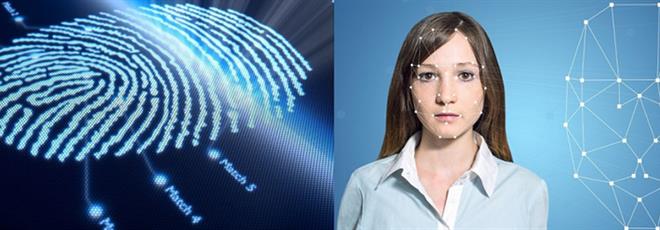What is biometrics?
Biometrics is the most pertinent means of identifying and authenticating individuals in a reliable and fast way through the use of unique biological characteristics.

In this in-depth overview of biometrics, you’ll get answers to these questions:
·What does biometrics mean?
·What are the types of biometrics? (examples of biometrics)
·Why biometrics?
·Who invented biometrics? (history of biometrics)
·What is biometrics used for? (use cases in 7 significant domains)
·Is biometrics accurate and reliable?
·Why is biometrics controversial?
So if you want to go from biometrics beginner to pro, this guide is for you.Let’s get started.
In this in-depth overview of biometrics, you’ll get answers to these questions:
·What does biometrics mean?
·What are the types of biometrics? (examples of biometrics)
·Why biometrics?
·Who invented biometrics? (history of biometrics)
·What is biometrics used for? (use cases in 7 significant domains)
·Is biometrics accurate and reliable?
·Why is biometrics controversial?
So if you want to go from biometrics beginner to pro, this guide is for you.Let’s get started.
Biometrics
authentication and identification
Biometrics allows a person to be identified and
authenticated based on a set of recognizable and verifiable data, which are
unique and specific to them.
Biometric authentication is the process of
comparing data for the person's characteristics to that person's biometric
"template" to determine resemblance.
·The reference
model is first stored in a database or a secure portable element like a smart
card.
Biometrics authentication and identification
Biometrics allows a person to be identified and authenticated based on a set of recognizable and verifiable data, which are unique and specific to them.
Biometric authentication is the process of comparing data for the person's characteristics to that person's biometric "template" to determine resemblance.
·The reference model is first stored in a database or a secure portable element like a smart card.
·The data
stored is then compared to the person's biometric data to be authenticated.
Here it is the person's identity that is being verified.
·The data stored is then compared to the person's biometric data to be authenticated. Here it is the person's identity that is being verified.
In this mode, the question is: "Are you
indeed, Mr or Mrs X?"
Biometric identification consists of determining
the identity of a person.
· The aim is to
capture an item of biometric data from this person. It can be a photo of
their face, a record of their voice, or an image of their
fingerprint.
In this mode, the question is: "Are you indeed, Mr or Mrs X?"
Biometric identification consists of determining the identity of a person.
· The aim is to capture an item of biometric data from this person. It can be a photo of their face, a record of their voice, or an image of their fingerprint.
· This data is
then compared to the biometric data of several other persons kept in a
database.
Biometrics: trends
· This data is then compared to the biometric data of several other persons kept in a database.
Biometrics: trends
Faced with document fraud and identity theft, new threats such as terrorism or cybercrime, and the changes in international regulations, new technological solutions are gradually being implemented.
One of these technologies, biometrics, has quickly established itself as the most pertinent means of identifying and authenticating individuals in a reliable and fast way, through the use of unique biological characteristics. Of course, increased public acceptance, massive accuracy gains, a rich offer, and falling prices of sensors, IP cameras, and software make it all the easier to install biometric systems. Today, many applications make use of this technology.
Faced with document fraud and identity theft, new threats such as terrorism or cybercrime, and the changes in international regulations, new technological solutions are gradually being implemented.
One of these technologies, biometrics, has quickly established itself as the most pertinent means of identifying and authenticating individuals in a reliable and fast way, through the use of unique biological characteristics. Of course, increased public acceptance, massive accuracy gains, a rich offer, and falling prices of sensors, IP cameras, and software make it all the easier to install biometric systems. Today, many applications make use of this technology.
